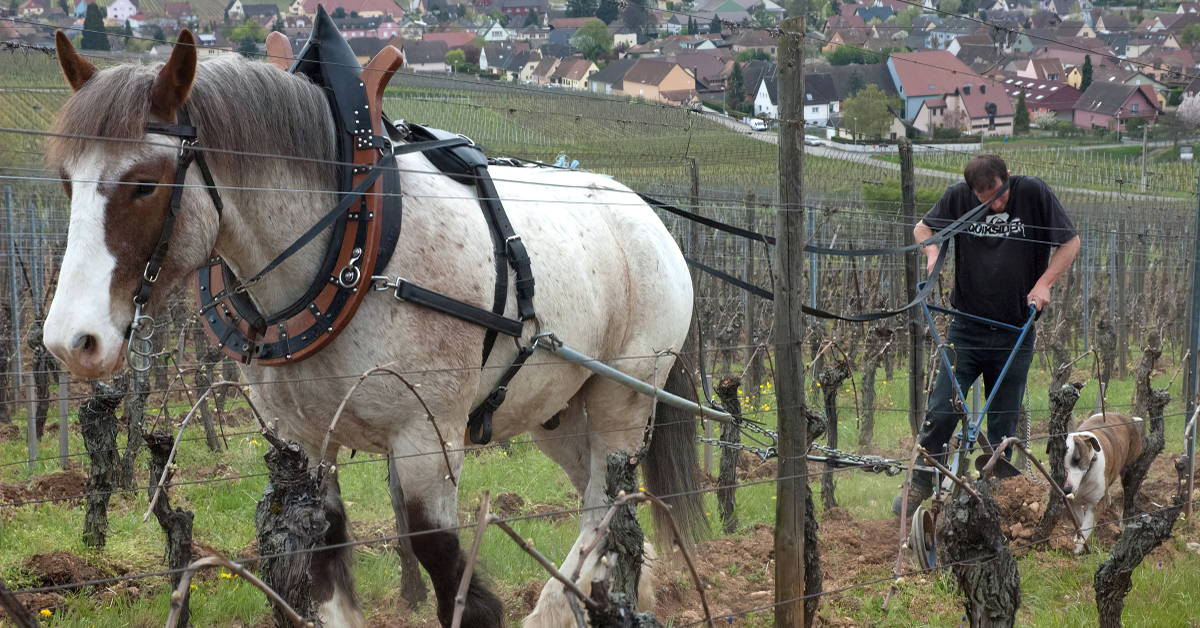"Tuscany's strength, like that of any wine producing region, lies in the typicity of the wines, the unique characteristics that make the wines undeniably Tuscan," says Paolo De Marchi.
Since the 1970s when he took the reigns of his family's estate in Tuscany, Paolo has become a leader in the evolution of modern Chianti. When asked about all of the changes that have taken place in his region he points out that,
“Tradition, doesn't mean always making the same thing. Tradere from Latin–transport and deliver–we take the best from the past, add our current knowledge, and we prepare the way for those who will come after. We have to face the future, but with a solid foundation in where we come from in order to know where we want to be tomorrow. My focus on Sangiovese recognizes the connection, the ‘genetics’ of Tuscany.”
Paolo on the evolution of modern Chianti (part 1)
Paolo on the evolution of modern Chianti (part 2)
Paolo on the evolution of modern Chianti (finding










